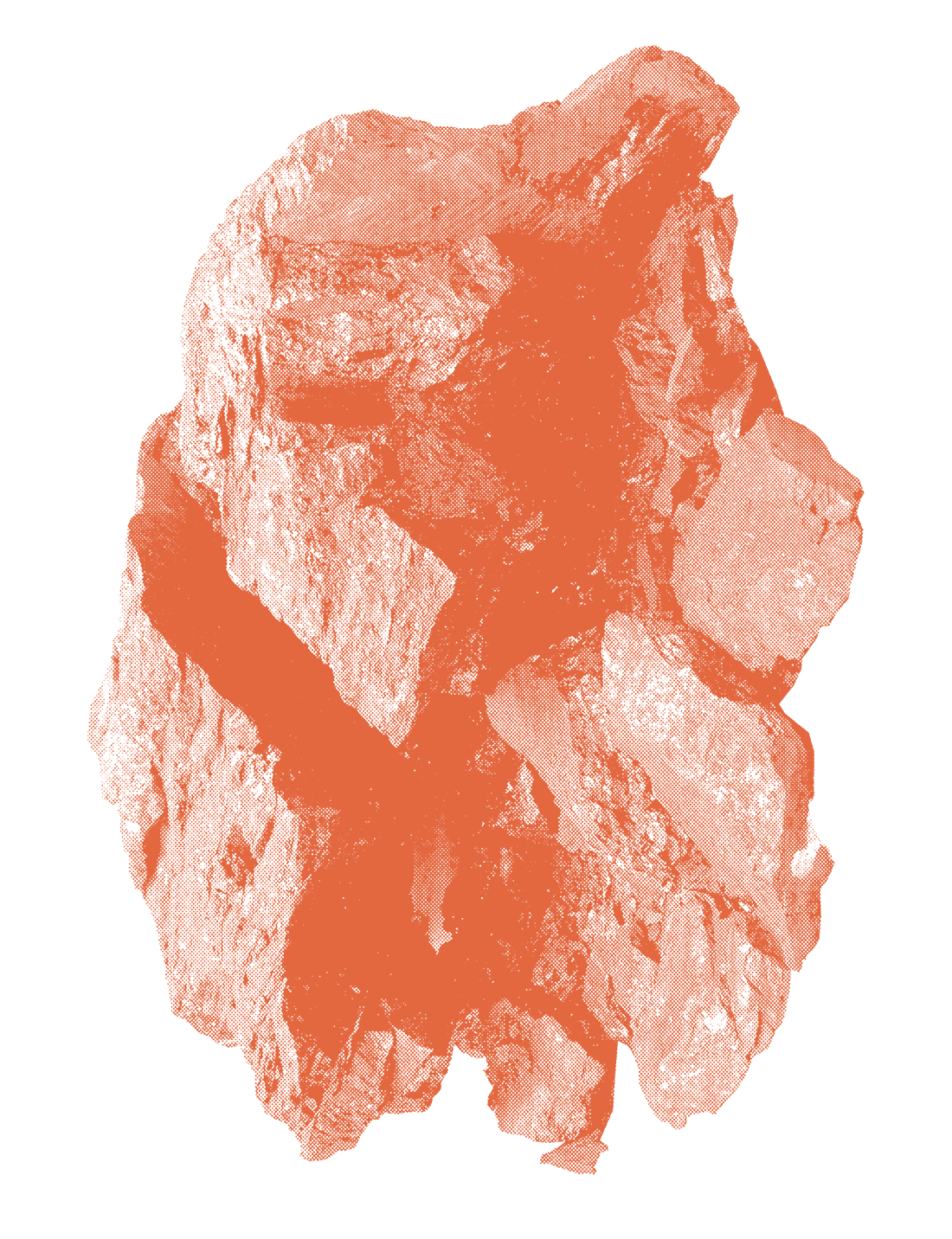


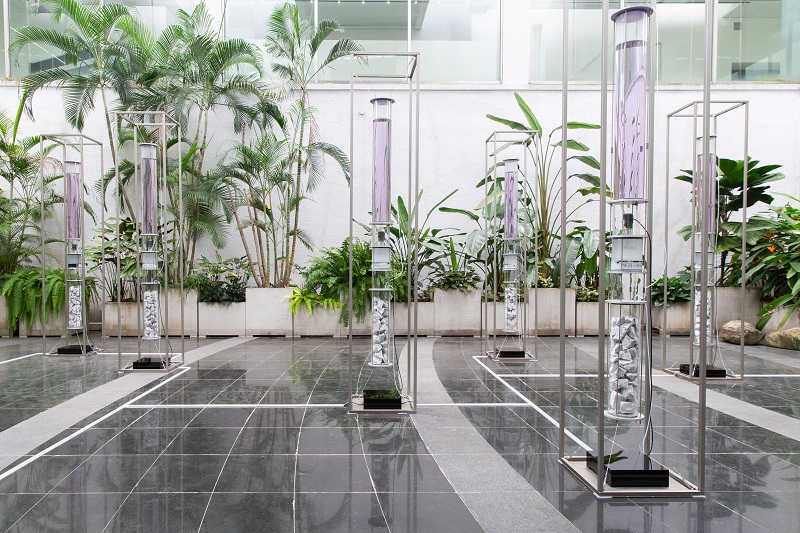
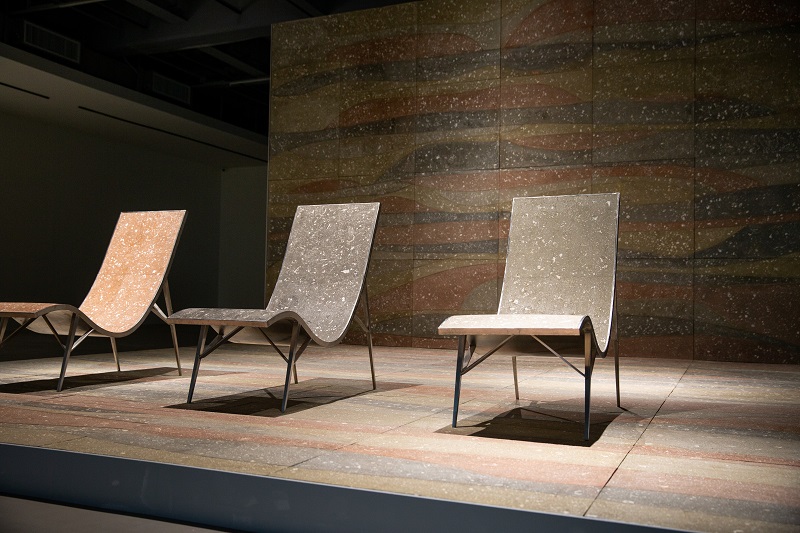
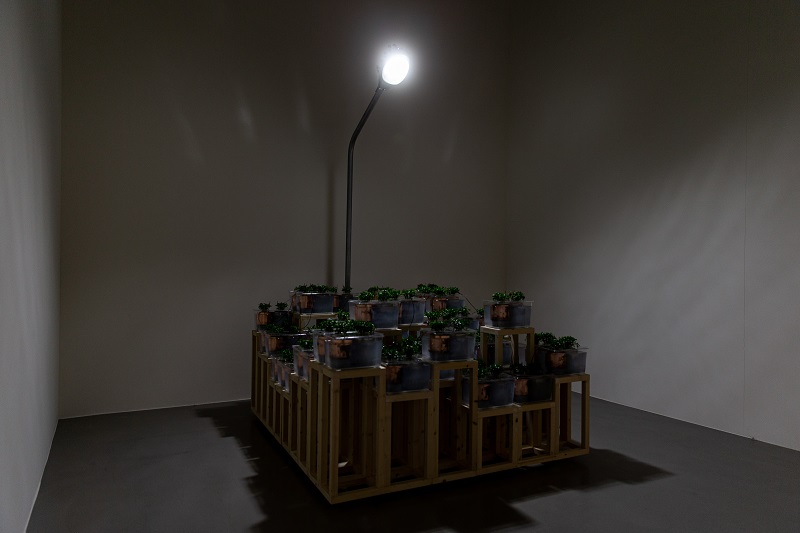
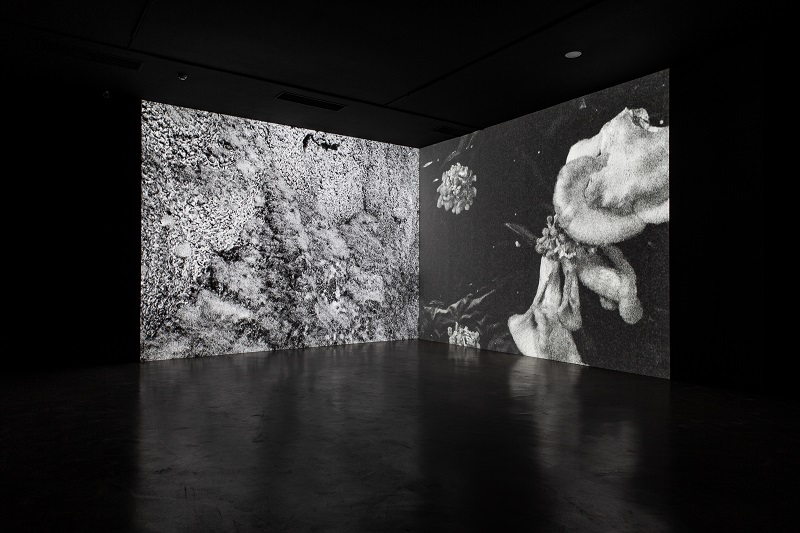
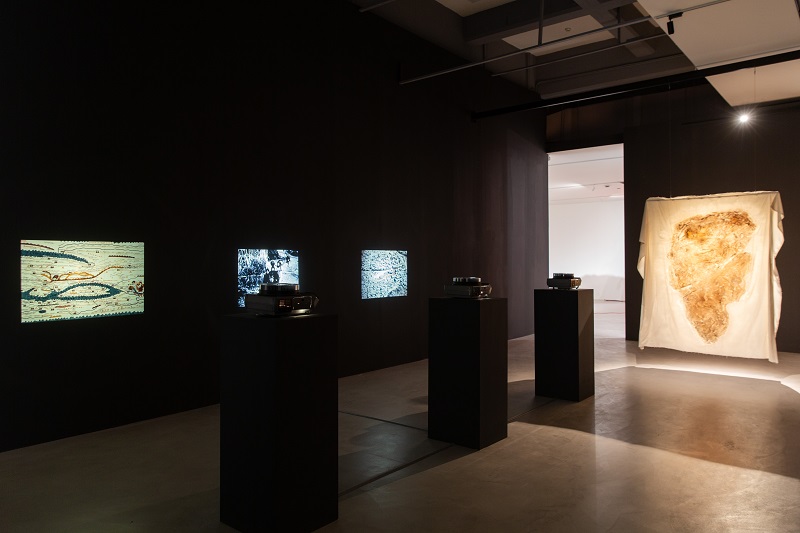
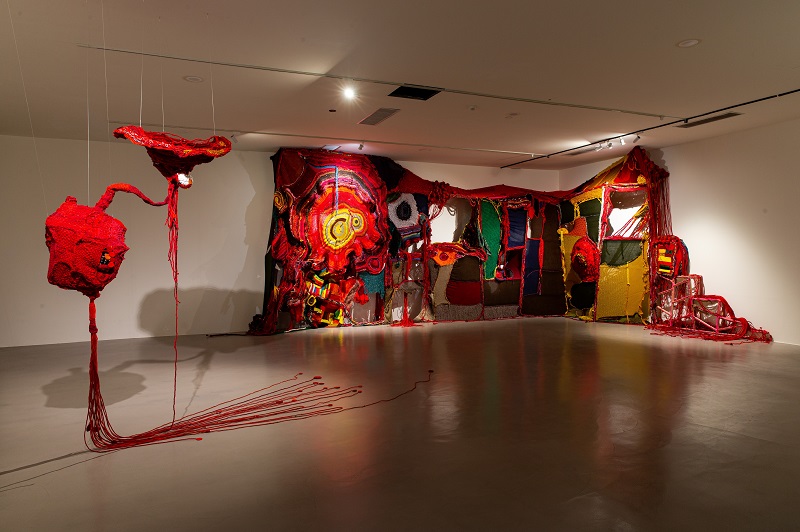
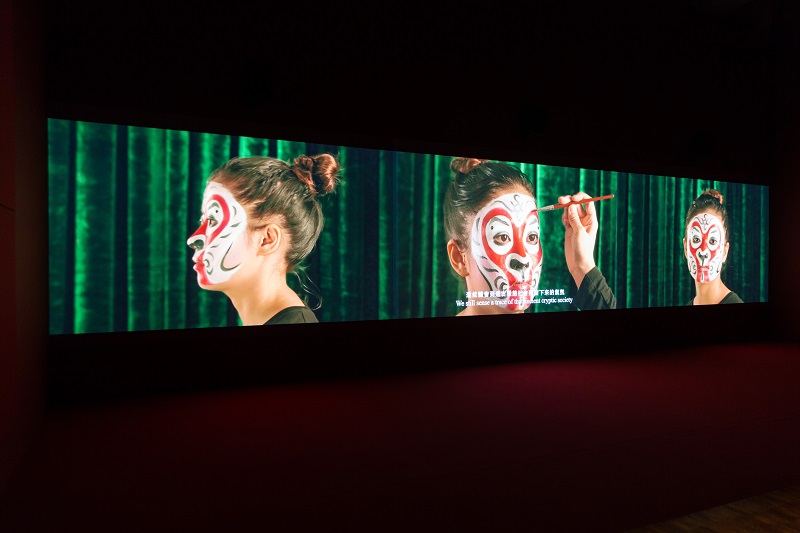
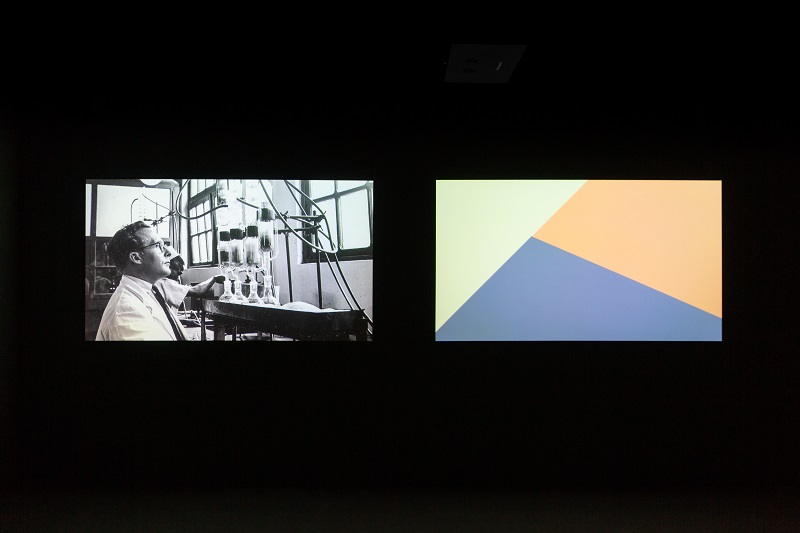
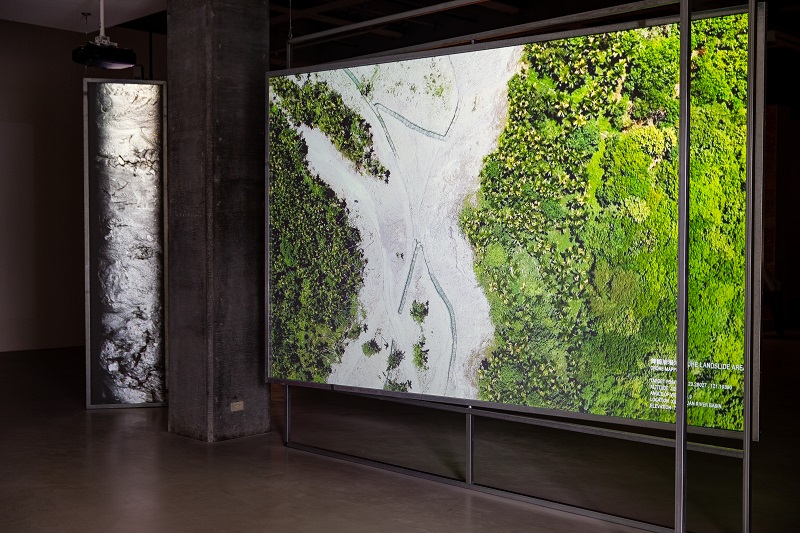
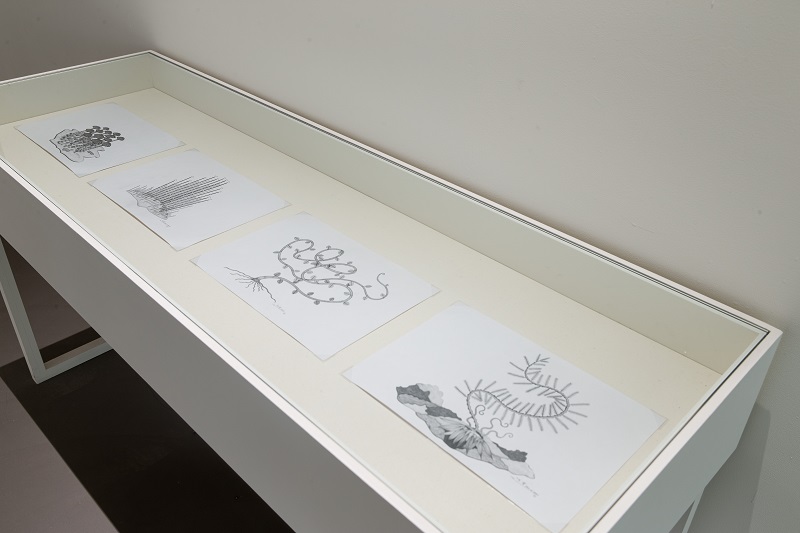
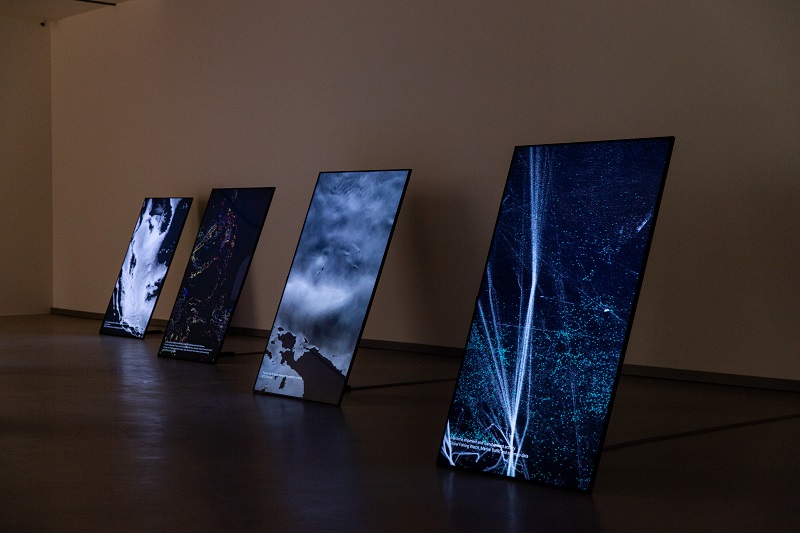
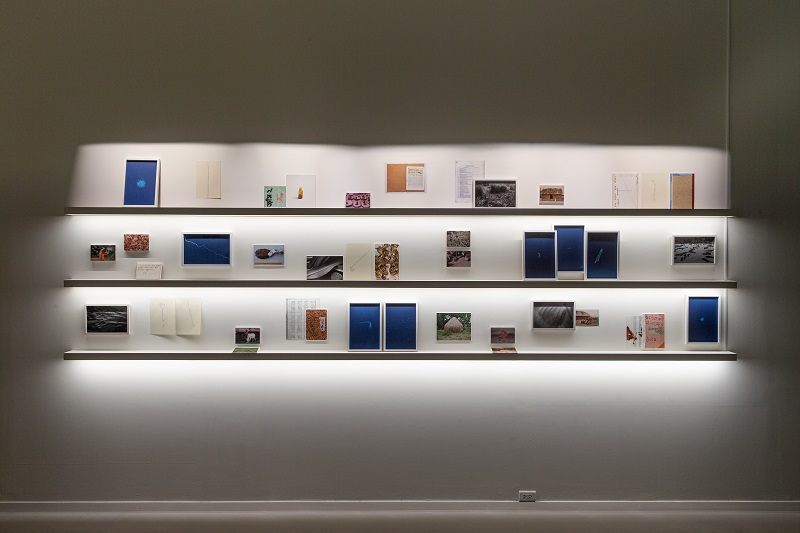
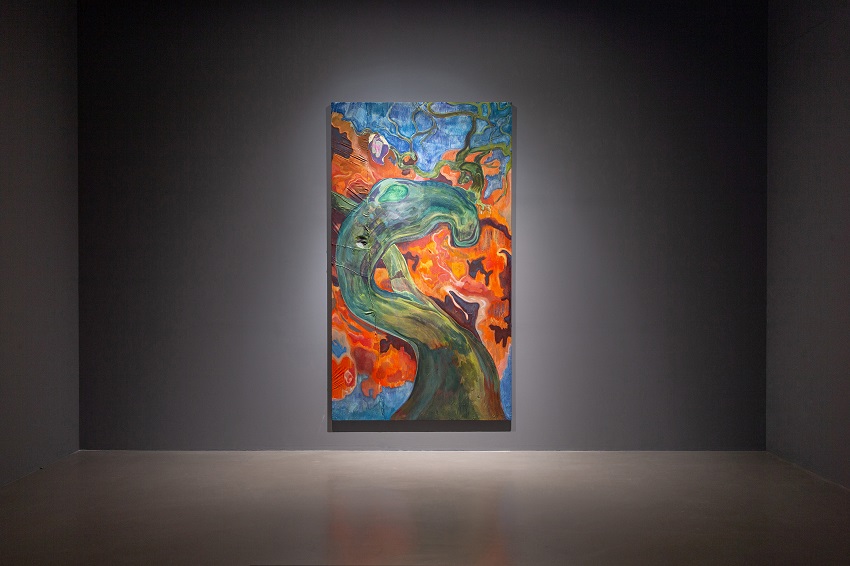
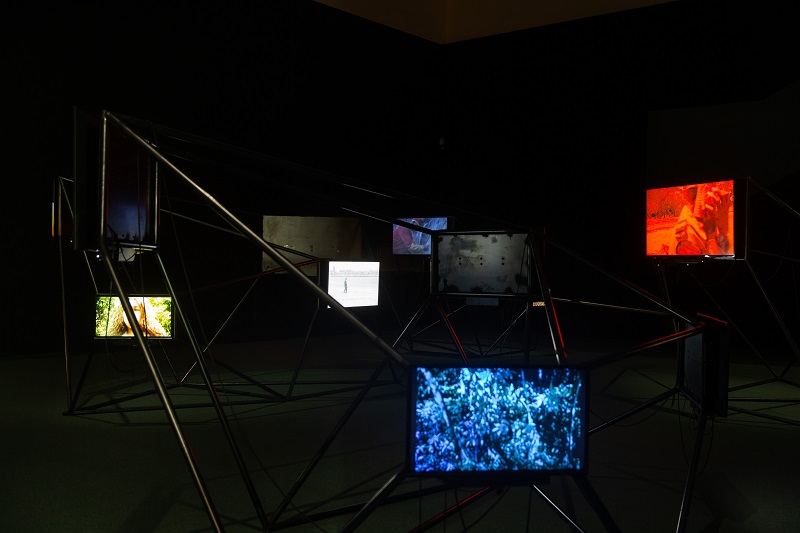
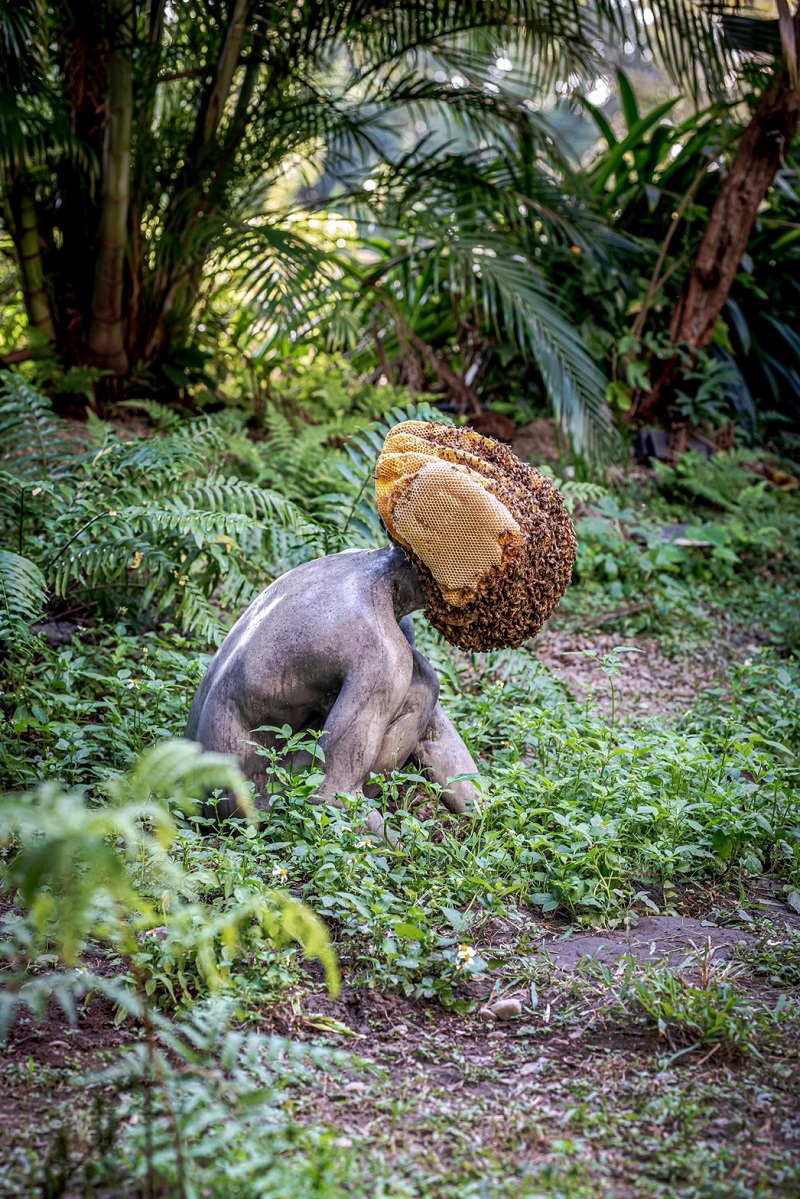
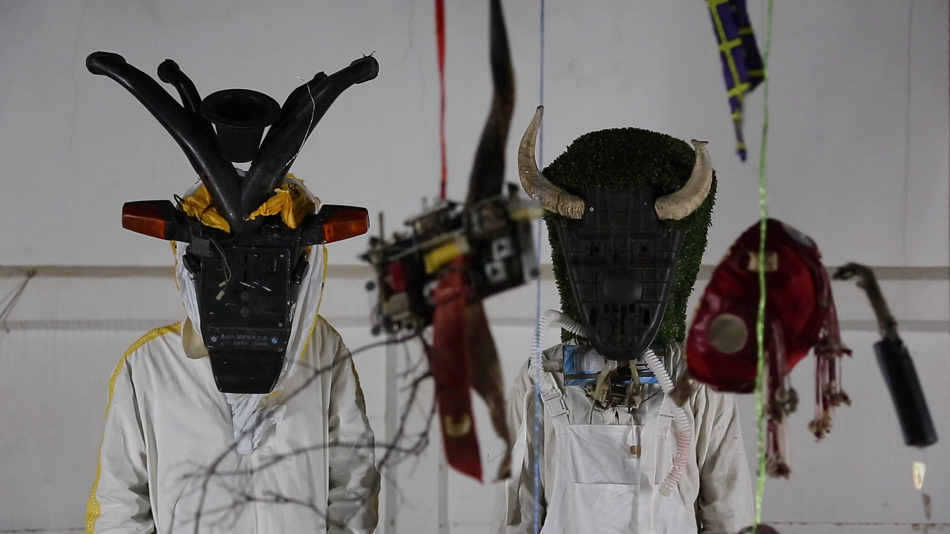
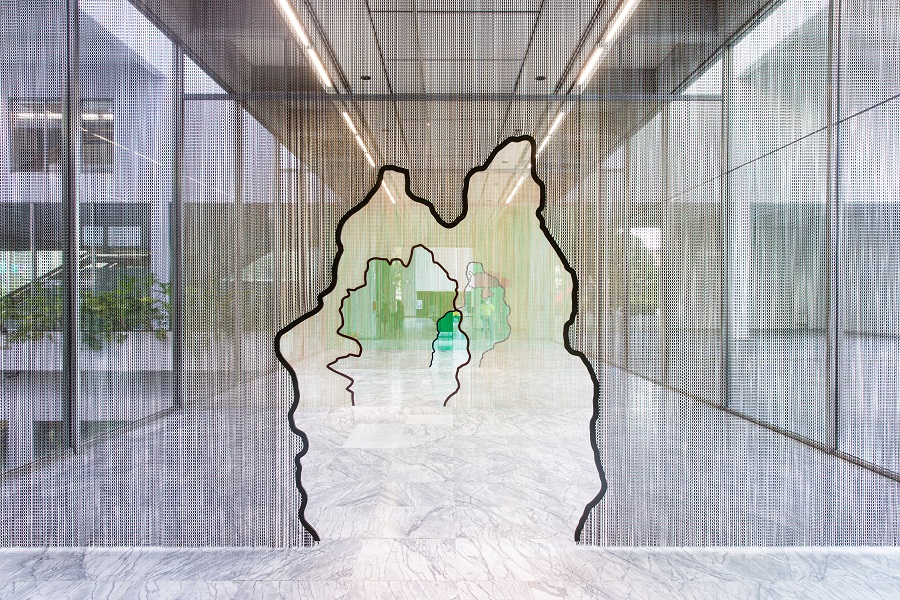
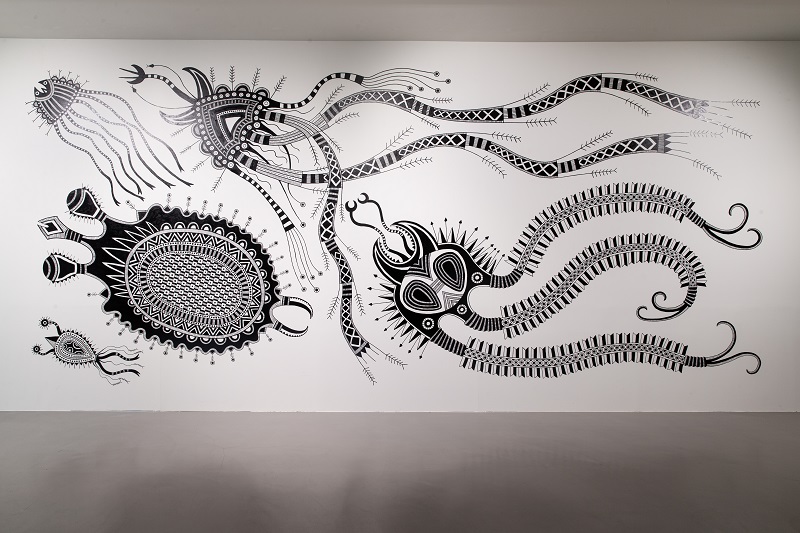
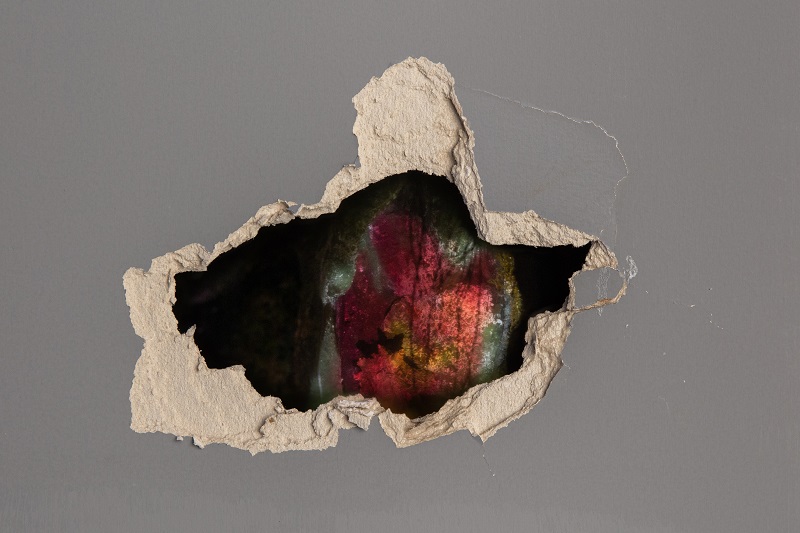
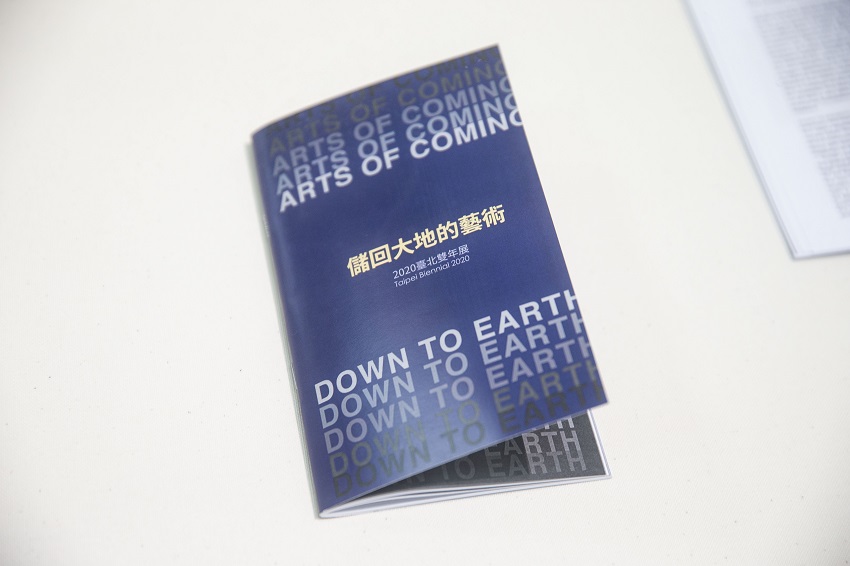
Where to go if you know that the modernizing project of planet GLOBALIZATION is going nowhere? Literally, if it takes the resources of six Earths to live the Modern way of life, what do you do if you want to live within the limits of one single planet?
It might be time to land on earth for good and see where we might have to reside together. A different earth, for sure.
Landing on the planet Terrestrial requires learning to look at Earth in a different way: locked within the critical zone and bound to planetary limits. Because it is still difficult to understand what it could look like, we propose a set of ways to approach it.
Participants
- CHANG Yung-Ta
-
Cooking Sections
(Daniel FERNÁNDEZ PASCUAL & Alon SCHWABE) - FabLab Dynamic
- Anne-Charlotte FINEL
- Joana HADJITHOMAS & Khalil JOREIGE
- Aruwai KAUMAKAN
- LIU Chuang
- Uriel ORLOW
- SU Yu-Hsin
- Cemelesai TAKIVALET
- Territorial Agency (John PALMESINO & Ann-Sofi RÖNNSKOG)
- Munem WASIF
- Michael ARMITAGE
- Huai-Wen CHANG and MAS (Micro Architecture Studio)
- Jean-Michel FRODON and Rasha SALTI with COLLECTIVE
- Pierre HUYGHE
- Hamedine KANE, Stéphane VERLET-BOTTÉRO, and Nathalie MUCHAMAD with Olivia ANANI and Lou MO
- Daniel STEEGMANN MANGRANÉ
- Cemelesai TAKIVALET
- Nomeda & Gediminas URBONAS
- Stéphane VERLET-BOTTÉRO with Margaret SHIU and Ming-Jiun TSAI
- Symbiotic Earth by John FELDMAN
- Diagram of Gaia by James LOVELOCK